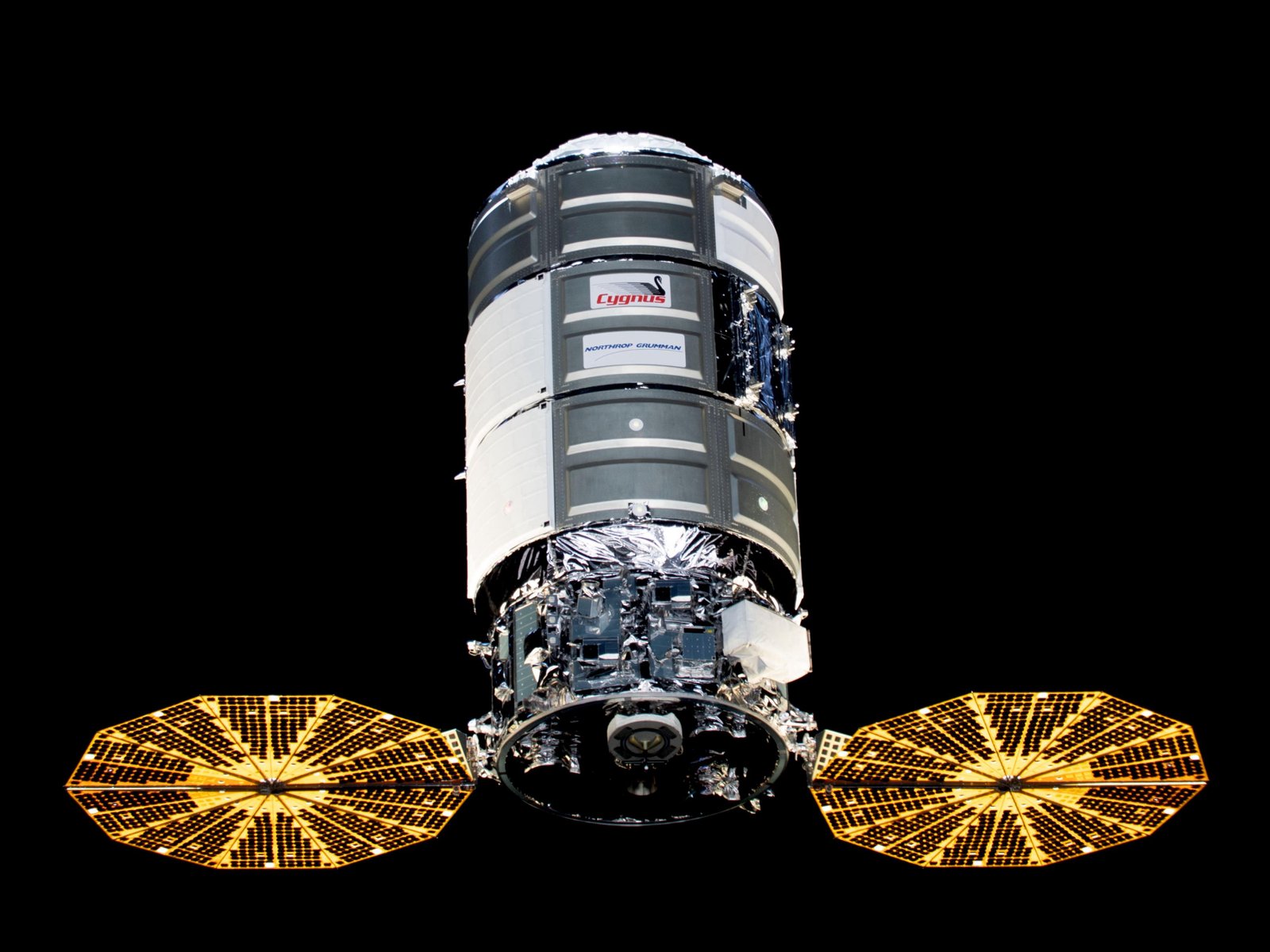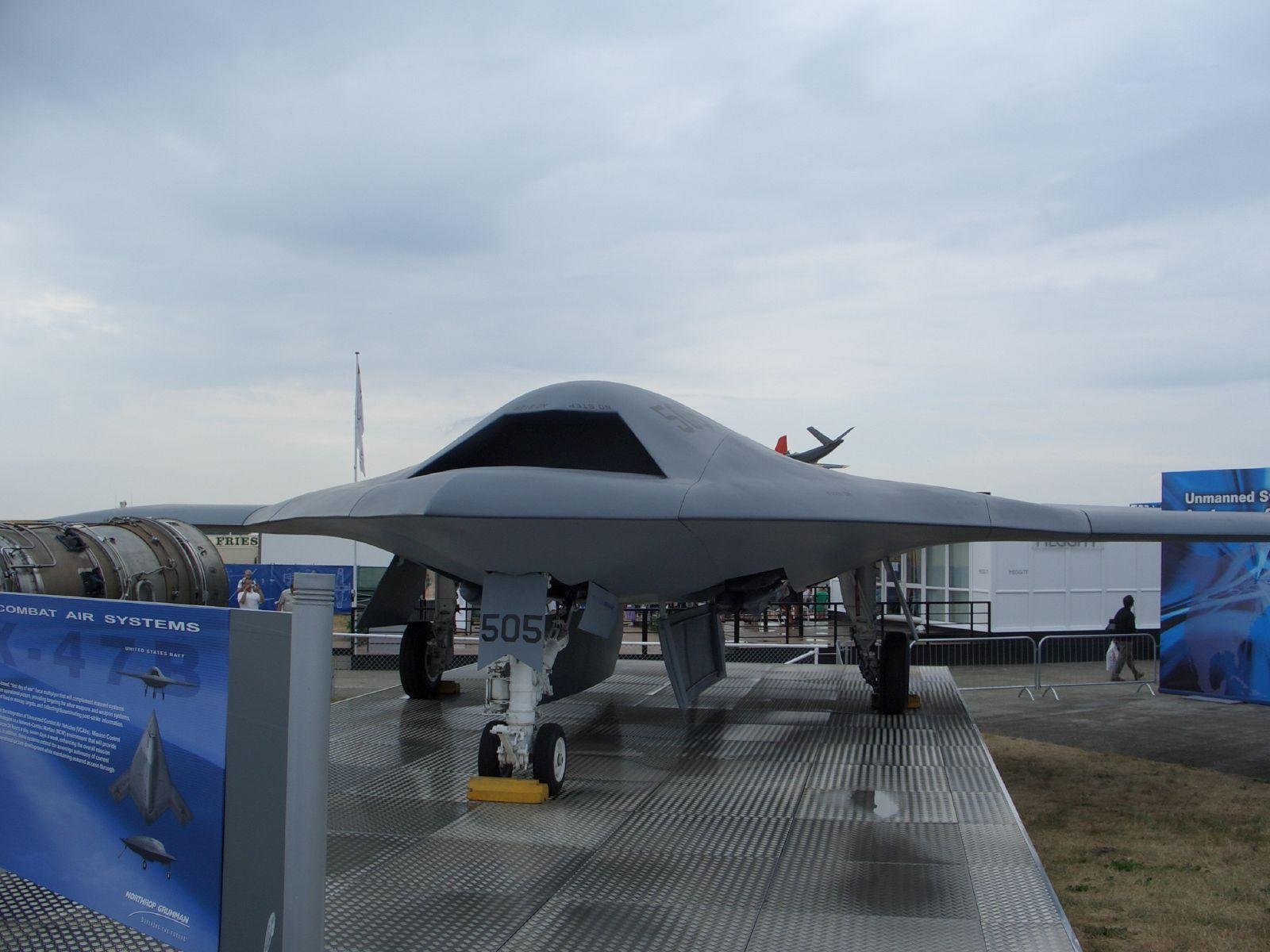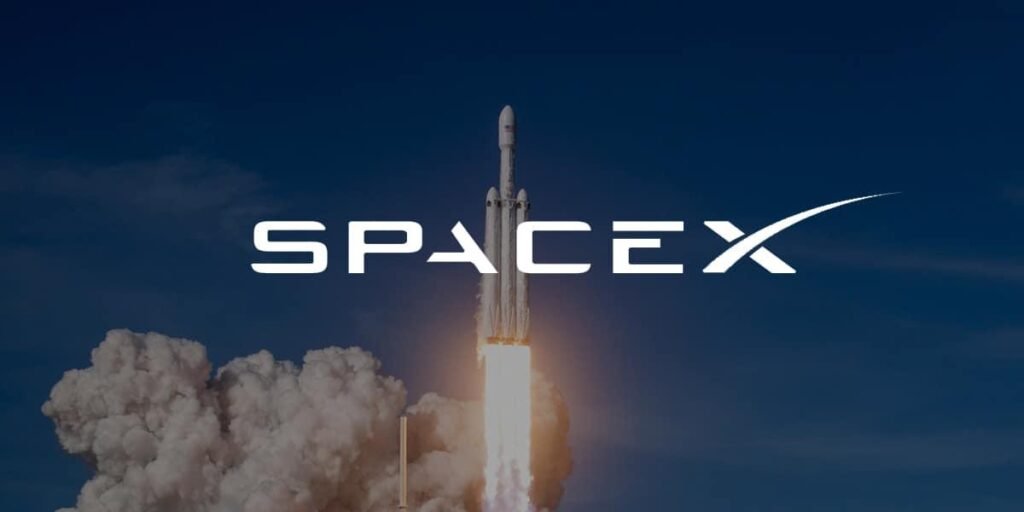As the night sky over Cape Canaveral prepares to host yet another remarkable display of human ingenuity, excitement brews for the upcoming launch of Northrop Grumman’s 21st Cygnus mission. This Saturday evening, the collaboration between SpaceX and Northrop Grumman takes center stage as they unveil a new chapter in resupply missions to the International Space Station. With each launch serving as a testament to technological progress and international cooperation, audiences around the globe will once again witness the intricate dance between earth and space. Join us as we delve into the details of this much-anticipated event, exploring what’s aboard the Cygnus spacecraft and the significance of this mission in the ever-evolving narrative of space exploration.
Overview of the Cygnus Mission and Its Significance for Space Logistics
The Cygnus mission, operated by Northrop Grumman, serves as a crucial lifeline for the International Space Station (ISS) by delivering supplies, experiments, and equipment vital for the continued work of astronauts in orbit. With its upcoming 21st mission, Cygnus continues to demonstrate the evolution of space logistics, showcasing advancements in spacecraft technology while ensuring the sustainability of human presence in space. This mission not only reinforces the established supply chain to the ISS but also plays a significant role in testing new technologies and methods that could support future deep-space exploration missions.
Some key features of the Cygnus mission include:
- Sustainable Resupply: Regular cargo deliveries help maintain the operation of the ISS.
- Innovative Technology: Each mission integrates new systems for more efficient logistics management.
- Scientific Contributions: The cargo consists of experiments that expand our knowledge of science and technology.
To provide a clearer understanding of the upcoming mission, the following table highlights important details:
| Mission Feature | Details |
|---|---|
| Launch Date | Saturday Night |
| Launch Site | Cape Canaveral |
| Cargo Weight | Over 3,000 kg |
| Destination | International Space Station |
the Cygnus mission is pivotal to not only filling the gaps in logistical support for the ISS but also paving the way for future missions beyond low Earth orbit, thereby enhancing our understanding of space logistics and operational capabilities in the challenging environment of space.

Technical Innovations Driving the Success of Northrop Grumman’s Cygnus Craft
Northrop Grumman’s Cygnus spacecraft has garnered attention in the aerospace community not only for its mission capabilities but also for the cutting-edge technologies it incorporates. These innovations are pivotal in enhancing the craft’s reliability, efficiency, and performance. Notable advancements include:
- Autonomous Navigation Systems: Cygnus is equipped with advanced navigation technologies that allow it to autonomously dock with the International Space Station (ISS), minimizing the need for constant ground control input.
- Advanced Propulsion: The spacecraft uses a high-efficiency propulsion system that improves fuel consumption while expanding its cargo capacity and payload versatility.
- Modular Design: The modularity of Cygnus allows for easy upgrades and maintenance, ensuring that it can adapt to the rapidly evolving requirements of space missions.
Furthermore, Northrop Grumman’s commitment to sustainability is evident in the materials and construction methods used in Cygnus, contributing to a reduced environmental footprint. The incorporation of lightweight composites and 3D-printed components not only enhances structural integrity but also leads to significant cost savings. To illustrate the impact of these innovations, consider the following table:
| Innovation | Benefit |
|---|---|
| Autonomous Navigation | Reduces ground control dependence |
| High-Efficiency Propulsion | Improves fuel economy |
| Modular Construction | Allows for easy upgrades |

Preparation and Launch Procedures: What to Expect on Launch Night
As preparations ramp up for the launch of Northrop Grumman’s 21st Cygnus mission, spectators and space enthusiasts can expect an array of exciting events on launch night. The atmosphere at Cape Canaveral will be electric, as teams work diligently to finalize the countdown procedures, ensuring that every system is functioning optimally. Visitors can take part in a variety of activities while they wait, such as:
- Live feeds of the launch progressing through each stage of preparation.
- Expert commentary from space professionals and mission specialists.
- Interactive exhibits showcasing the technologies behind the Cygnus spacecraft.
Attendees should also be aware of the meticulous procedures that will unfold just before liftoff. Key milestones, such as fueling the rocket and conducting system checks, will ensure that everything is in perfect order. Here’s a quick overview of the critical timeline leading up to that moment of liftoff:
| Time (UTC) | Activity |
|---|---|
| 19:00 | Final system checks begin |
| 20:00 | Fueling process initiated |
| 20:45 | Launch countdown starts |
| 21:30 | Liftoff! |

Future Implications of Successful Deliveries for International Space Collaboration
As the Cygnus spacecraft embarks on its 21st mission, the implications of successful deliveries for international collaboration in space are vast. This mission not only demonstrates the operational capabilities of private aerospace companies but also reinforces the significance of public-private partnerships in advancing space exploration. Successful resupply missions like this can lead to enhanced cooperation among countries, fostering an environment where scientific research and technological development flourish. The ability to share resources and expertise can enable partners to tackle complex challenges, accelerating innovations that benefit not just space initiatives but also everyday life on Earth.
Furthermore, consistent and reliable deliveries from projects like Northrop Grumman’s Cygnus can promote trust and stability in international space governance. As nations collaborate on projects and share the resulting data, the potential for groundbreaking discoveries expands exponentially. Key benefits of these partnerships include:
- Resource Sharing: Countries can pool knowledge and funding to amplify their research capabilities.
- Diversity of Thought: A coalition of international scientists can provide multiple perspectives on problem-solving.
- Technological Advancements: Joint efforts can lead to rapid developments in reusable technologies and green propulsion systems.
In the long term, the strategic collaboration fostered by these successful missions could pave the way for ambitious projects such as International Space Stations and Mars colonization endeavors. As nations realize the benefits of working together, the barriers of competition can give way to a unified approach toward the cosmos, with shared goals that inspire humanity’s next great leap.
Q&A
Q&A: SpaceX Launch of Northrop Grumman’s 21st Cygnus Mission
Q: What is the primary goal of Northrop Grumman’s 21st Cygnus mission?
A: The main goal of Northrop Grumman’s 21st Cygnus mission is to deliver critical supplies and equipment to the International Space Station (ISS). This includes research materials, scientific experiments, and other cargo essential for the astronauts on board.
Q: When is the launch scheduled to take place?
A: The launch is set for this Saturday night, with a precise time determined by various factors including weather conditions and technical readiness. The mission will take off from Cape Canaveral Space Force Station.
Q: What rocket will be used for this mission?
A: SpaceX will utilize its reliable Falcon 9 rocket to carry the Cygnus spacecraft into orbit. This rocket has become a cornerstone for many missions, showcasing impressive performance and safety records.
Q: Why is SpaceX involved in Northrop Grumman’s Cygnus mission?
A: SpaceX has a contract to provide transportation services to deliver cargo to the ISS under NASA’s Commercial Resupply Services (CRS) program. They play a key role in supporting various missions, including Northrop Grumman’s Cygnus spacecraft launches.
Q: What makes this launch significant compared to previous Cygnus missions?
A: This launch is notable as it marks the 21st flight of the Cygnus spacecraft, demonstrating the ongoing partnership between NASA, Northrop Grumman, and commercial launch providers. It also reflects the continued commitment to maintaining a robust supply chain for the ISS.
Q: How do the Cygnus spacecraft function once they reach the ISS?
A: Once the Cygnus spacecraft arrives at the ISS, it is captured by the station’s robotic arm and then berthed. The cargo is offloaded by astronauts, who can then use the supplies and equipment for ongoing experiments and missions aboard the ISS.
Q: Are there any scientific experiments involved in this mission?
A: Yes, the mission will carry a variety of scientific experiments. These investigations cover areas such as material science, biology, and technology demonstrations, contributing to our understanding of space and its effects on different systems.
Q: What should spectators keep in mind if they plan to watch the launch?
A: Spectators should check the launch schedule for any updates or changes due to weather or technical issues. Arriving early, being aware of safety guidelines, and having a clear view of the launch site will enhance their experience of witnessing this exciting event.
Q: How does the Cygnus mission support future space exploration?
A: The Cygnus mission plays a critical role in supporting ongoing research and development aboard the ISS, which helps prepare for future exploration missions beyond low Earth orbit, including potential crewed missions to the Moon and Mars as outlined in NASA’s Artemis program.
Q: Where can people find live coverage of the launch?
A: Live coverage of the launch will typically be available on SpaceX’s official website and social media channels, as well as through NASA’s broadcast platforms. Following these sources will provide real-time updates and insights leading up to and during the launch.
Closing Remarks
As the countdown to Saturday night approaches, excitement builds not only for the launch of Northrop Grumman’s 21st Cygnus mission but also for the continued evolution of space commerce and exploration. This mission serves as a testament to the collaboration between industry leaders and the undeniable progress we have made in unlocking the mysteries of the cosmos. With the promise of new research and technology delivery to the International Space Station, we are reminded of the vital role that each launch plays in advancing human understanding of space. So, as you gaze skyward this weekend, let the sight of the Falcon 9 breaking through the atmosphere inspire you—and all of us—to dream bigger and reach higher. For every mission is not just a journey into the unknown; it’s a step forward for humanity as a whole.

